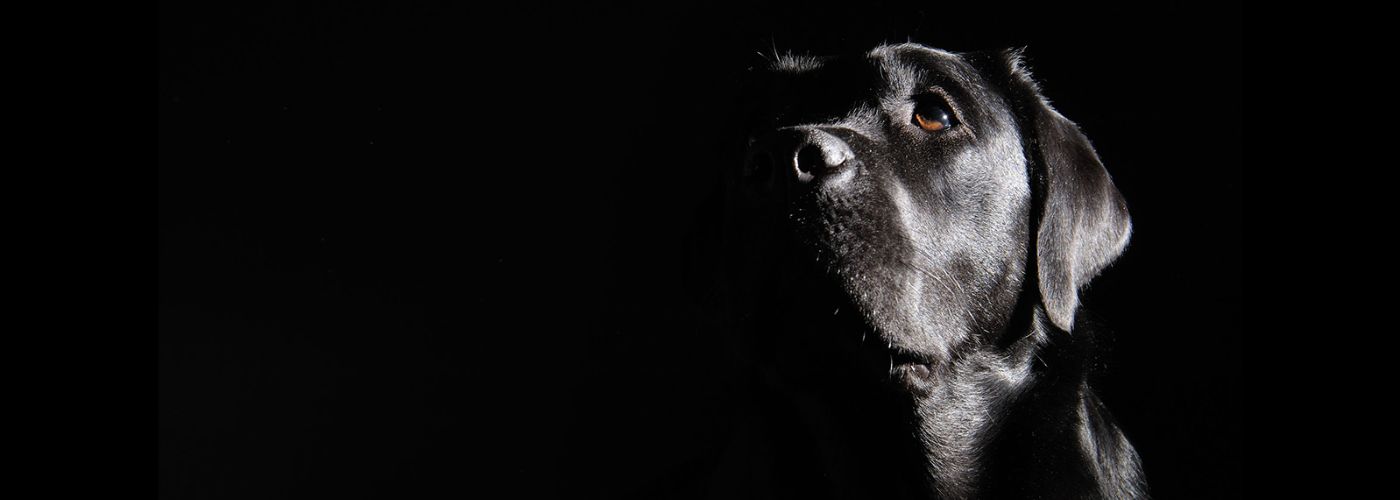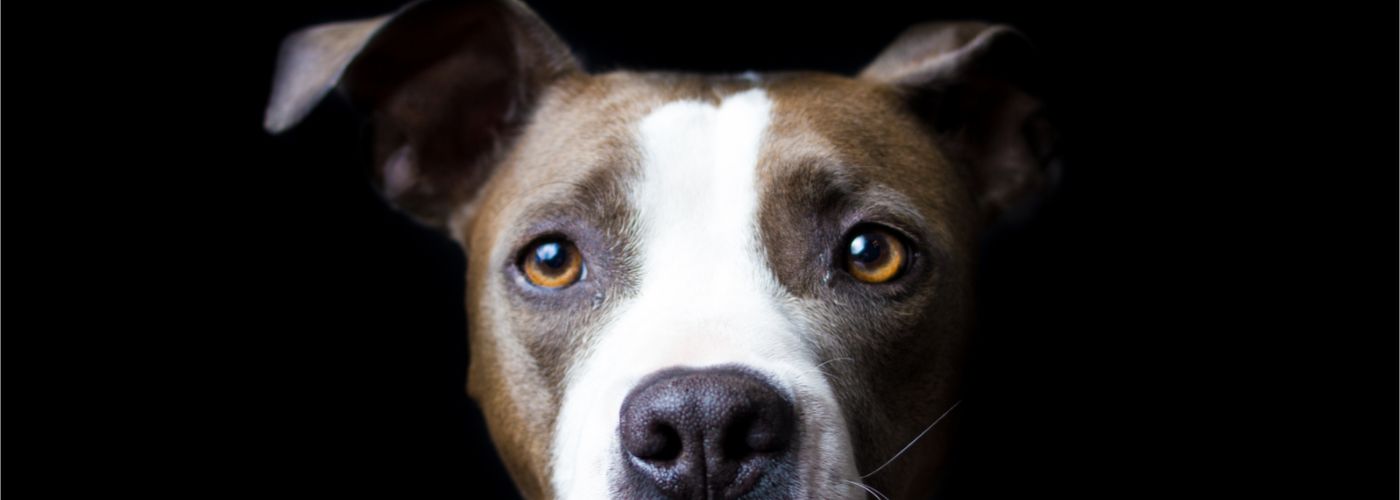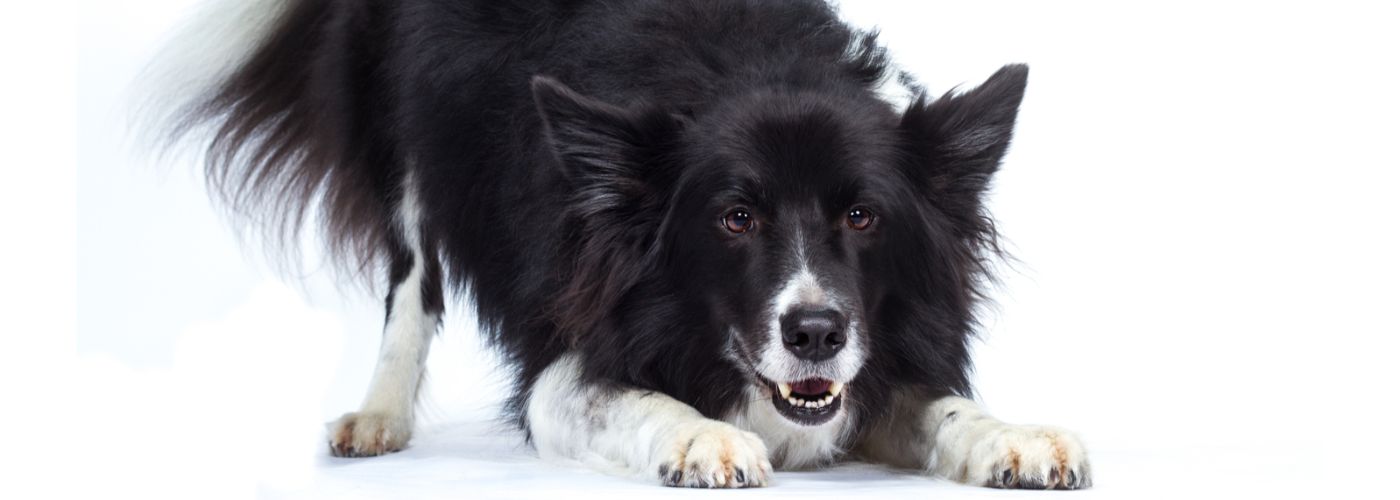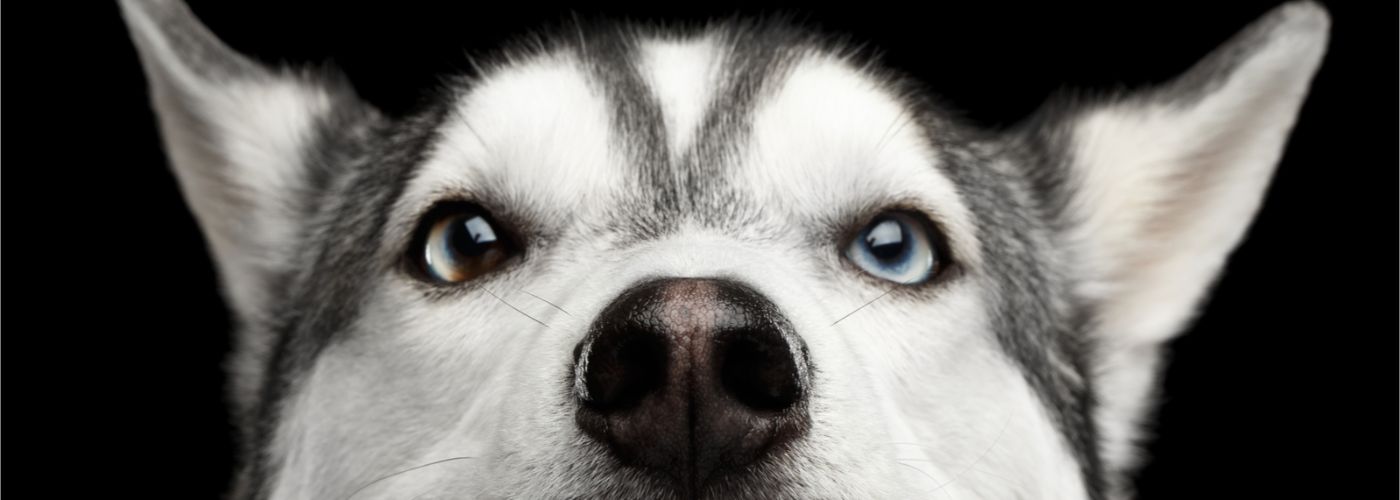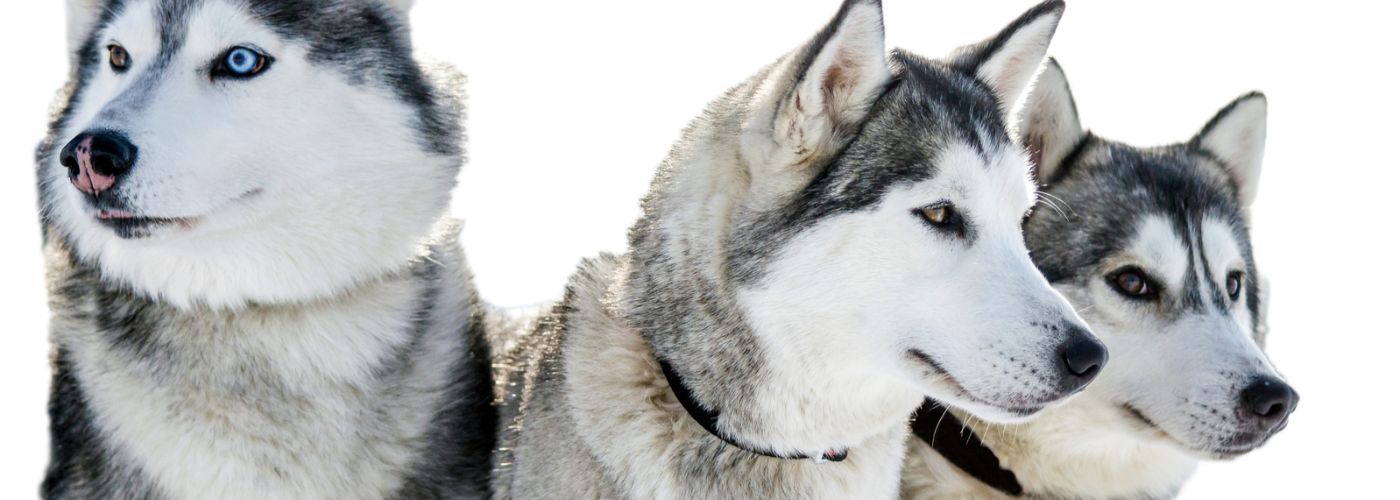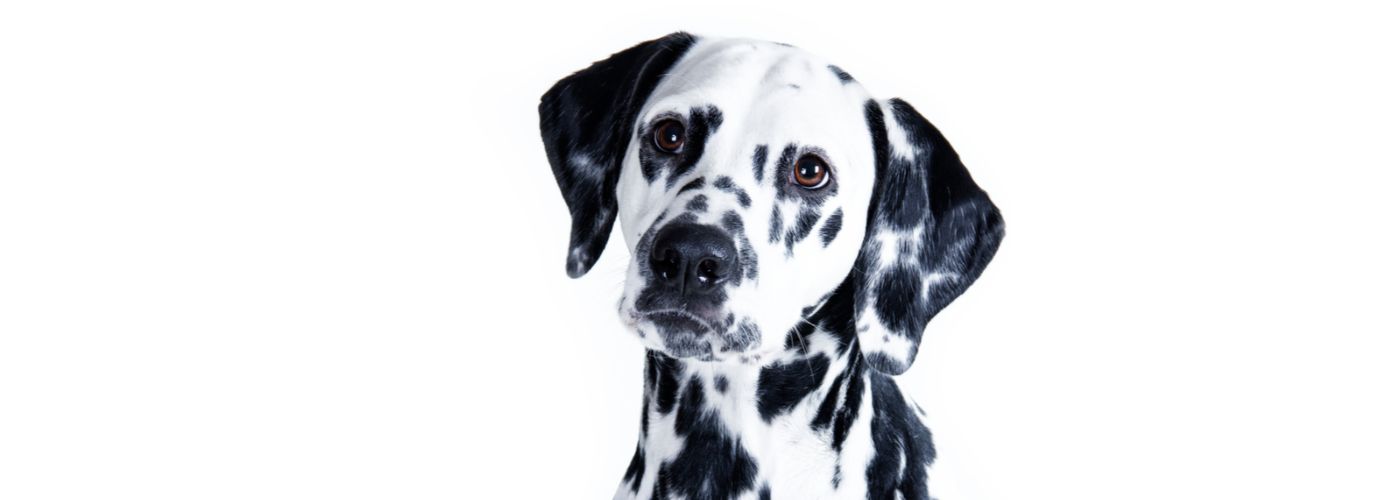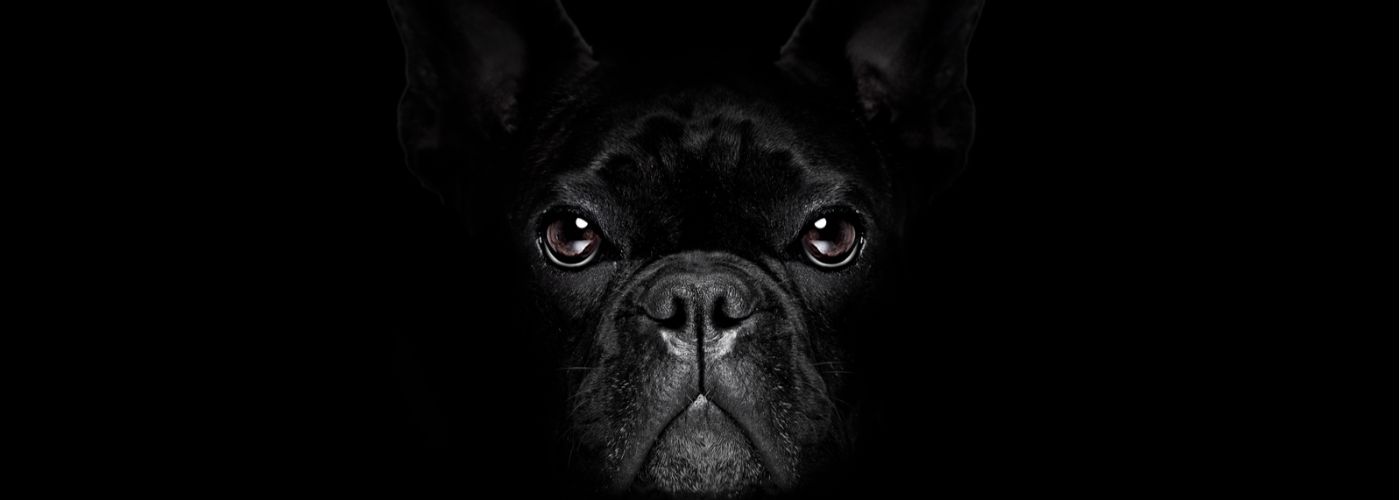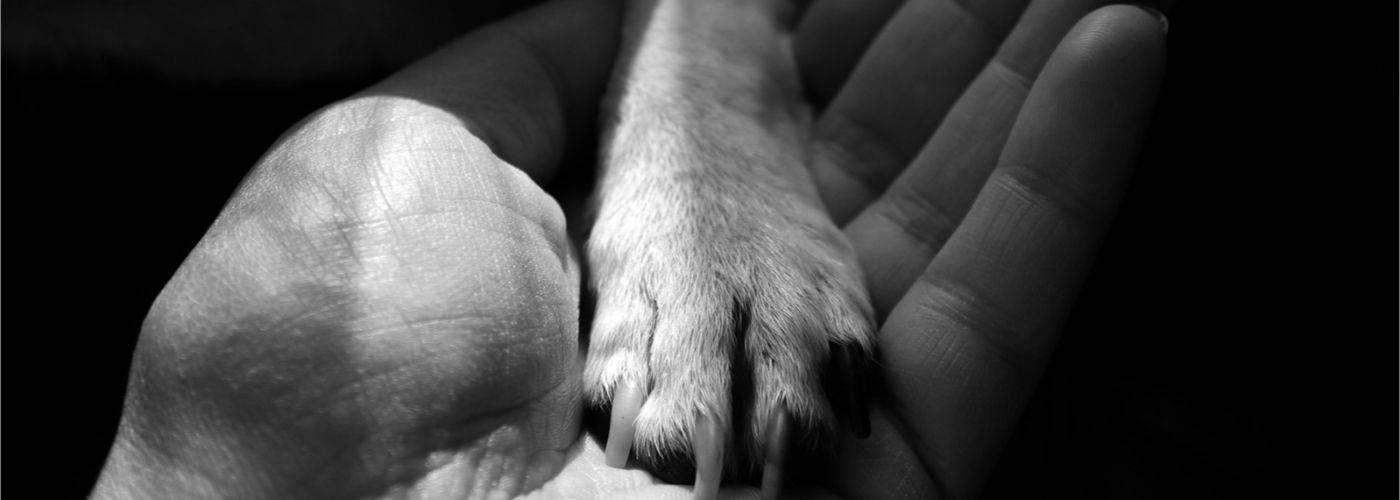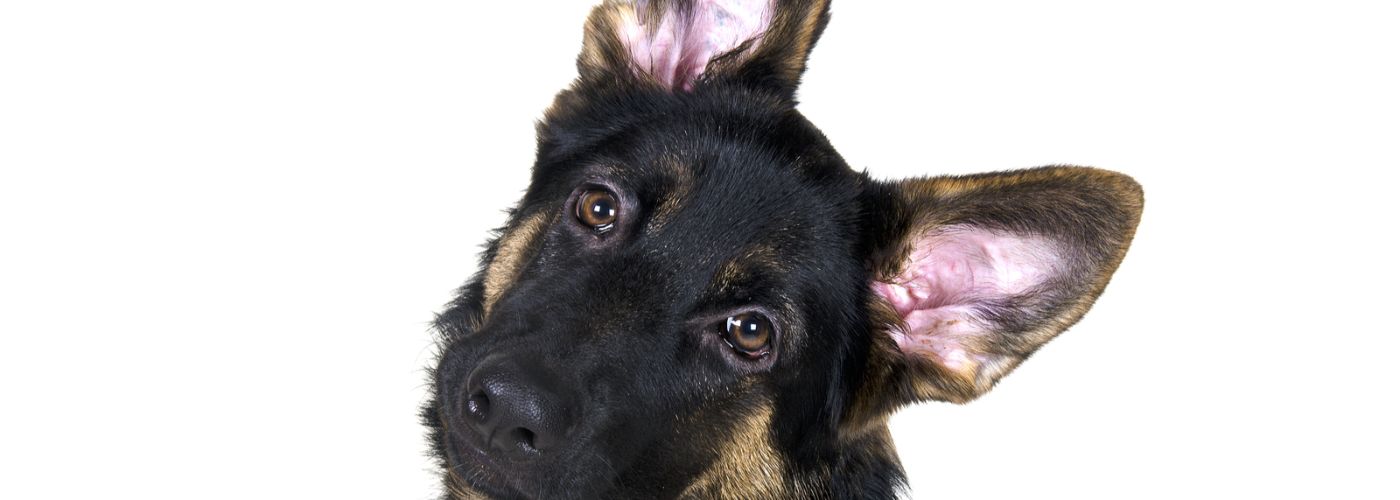Canine Massage for your Gentle Giant
A life on the racing track for any Greyhound is no picnic, often marred by injury, over-exertion, and pain. And it’s no wonder when you consider their career starts at the tender age of 15 months and they reach speeds of up to 45mph.
If you’ve had the pleasure of re-homing an ex-racing Greyhound, you may well have noticed signs of old or latent injuries.
Reluctance to be handled or touched in certain areas, intermittent lameness, or refusing to go for walks are all common findings. If you’ve noticed any of these signs, or you’d just like a routine assessment of your retired athlete to check for any areas of underlying pain, please get in touch to organise an appointment.
The Racing Greyhound
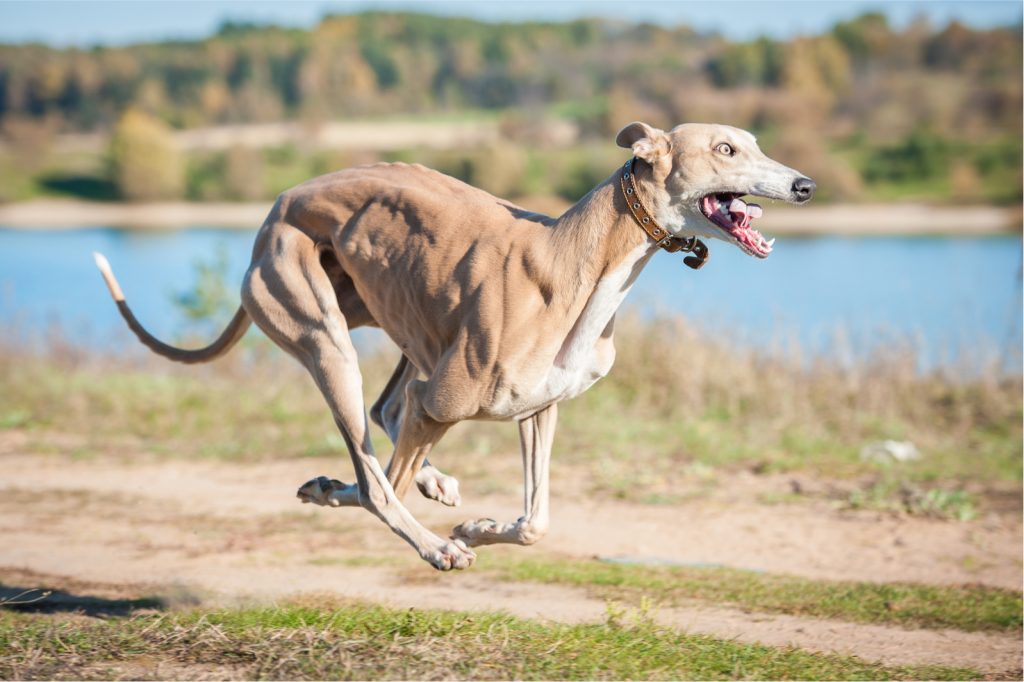
Greyhound Racing involves 5 or 6 Greyhounds pursuing a mechanically driven hare anti-clockwise around a track, over distances of between 200m and 1000m. And just like any athlete, Greyhounds can suffer musculoskeletal injuries that can affect their quality of life in the long-term if left untreated.
Through looking at their anatomy and physiology, we can see why they make great racers, but also why they tend to suffer with certain injuries. Greyhounds carry 55% of their body weight in muscle, 10% more than any other breed of dog! To aid acceleration, two thirds of this weight is carried through the forelimbs, with the other third carried through the hindlimbs, together creating forward gravity. Their forelimbs control their direction, act as important shock absorbers, and add a little to their overall speed. But you’ll notice their hindimb muscles are much larger, and this is because they produce power and drive, creating 80% of their speed.
The other factors that can play a part in the injuries sustained by racing Greyhounds include the structure of the track – how long the straights are and subsequently at what speed the dogs enter the bends, with greater speeds often resulting in collisions with each other; the condition of the track surface, specifically whether it’s soft or hard going; always running anticlockwise and on a camber; and the quality of their training which is required to maintain their athletic ‘form’. And so, as a result of their anatomical conformation and these external influences, racing Greyhounds are prone to muscular strains, sprains, fractures, and ultimately a lifetime of pain.
Common Greyhound Injuries
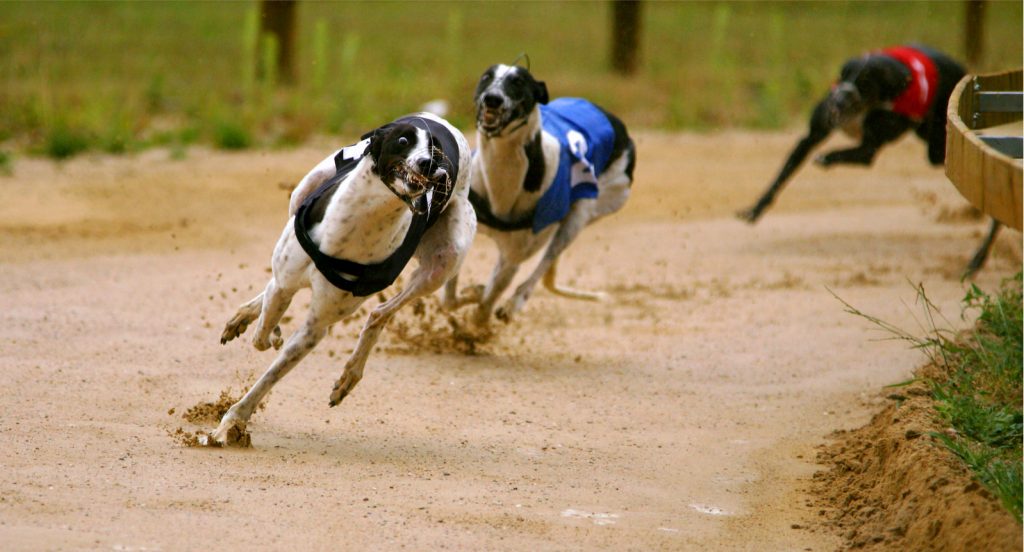
Greyhounds can suffer a multitude of injuries and issues over their racing career, but here are a few of the most common.
Orthopaedic Fractures
Fracture to the right accessory carpal bone in the wrist due to high impact through the forelimbs is the most common cause of early retirement and is often followed with Arthritis. Fractures to the metacarpals and metatarsals in the feet, and to the tarsal bones in the hock (ankle), most commonly on the right due to the running direction and camber, are also regularly suffered.
Muscular Injuries
There are numerous muscular injuries that racing Greyhounds can suffer, but some muscles are injured more easily than others.
1. Tensor Fascia Latae (TFL) strain – This is an unusual triangular muscle at the top of the outer thigh which stabilises the dog’s hip from the outside. This muscle is commonly strained (torn) while racing due to the camber of the track and angle of their run.
2. Gracilis strain – Commonly known as the 0-60mph muscle, this muscle is located on the inside of the thigh and provides propulsion as well as flexing and extending the stifle (knee) joint. Greyhounds go from a standing start to up to 45mph, often without a warm up, and as the muscle is cold and unprepared for this action, it often strains (tears), leaving the dog lame.
3. Myofascial Pain and Tears – Fascia is the cobweb of connective tissue that wraps every muscle, bone, and organ in the body, providing a surface for the muscles to slide and glide over one another during movement. When a dog remains static for a period of time, the fascia molds into the shape of that position, creating the 3D contour. As an example, think about how your dog’s face often appears to have been squished on one side after they have been lying on it. This quickly returns to normal as they start to move their facial muscles. However, in Greyhound racing, the fascia can ‘pop’ to leave a hole, as it doesn’t have enough time to change position with the sudden explosive movement.
“You smile at me, as only a Greyhound can.As you lay contentedly in the back of my van.Gentle Greyhound, good times are ahead.With warmth and love, and a nice soft bed.My love for you will never wane,And you will never know sorrow again.”
Sue Stoddart
The Retired Racer
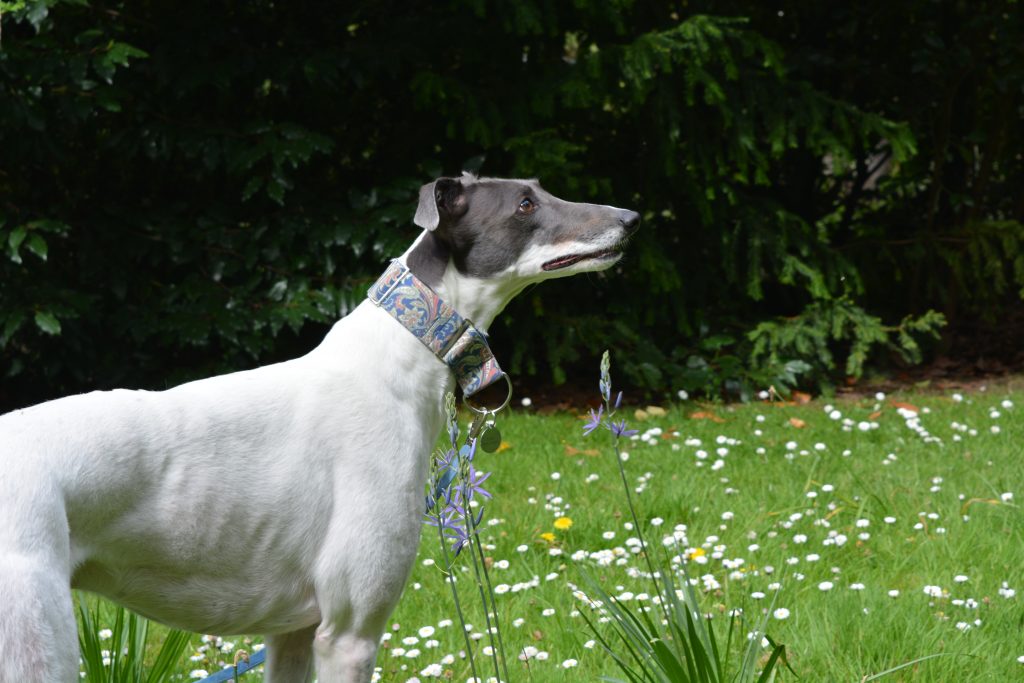
Considering all of the above, most retired racers will have scar tissue in specific muscles due to recurrent and repetitive strains, accidents, and trauma from their racing days. And what’s more, the life of a rescue Greyhound is completely different to that during their racing career. They enjoy a new life of relative freedom in comparison, wandering freely around their home, going up and down stairs, jumping on and off the sofa, and playing with toys, to name just a few. And these new activities of daily living come with their own risk of injury, so it’s likely your re-homed Greyhound will not only be managing the effects of old racing injuries, but also accumulating new ones from their new way of life! The good news is there are lots of measures you can put in place to try and reduce the latter, and these will be discussed with you at your Canine Massage session.
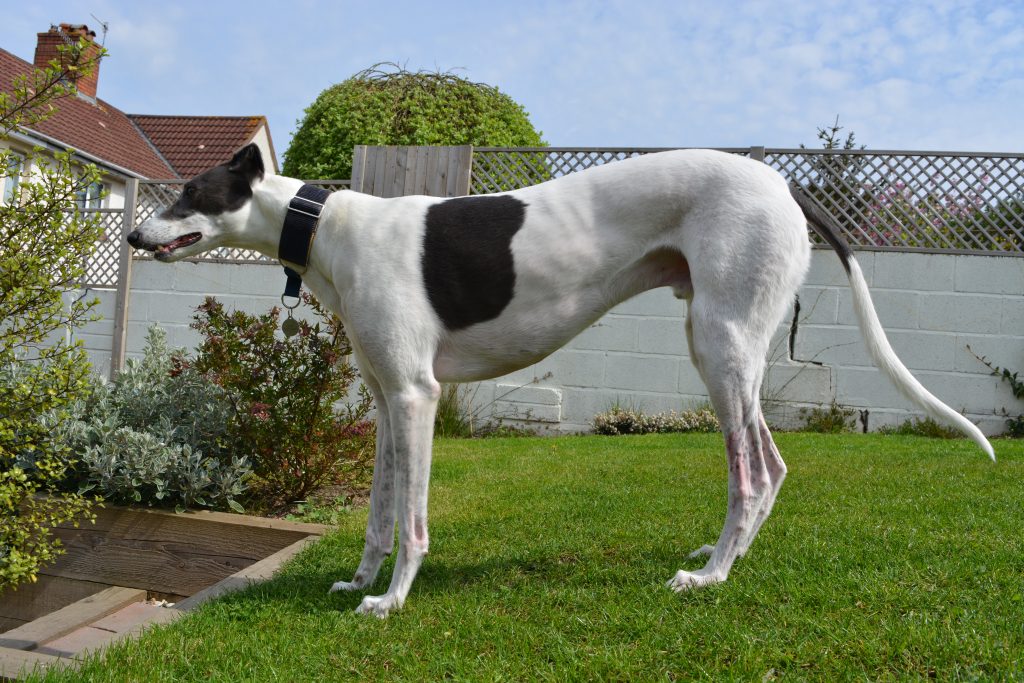
And to help you decide whether or not to make an appointment, it’s likely that Clinical Canine Massage will be beneficial for your ex-racing Greyhound if they present with any of the following…
- Intermittent Lameness/Limping
- Reluctance, yelping or snapping when handled in certain areas
- Uneven or irregular gait
- Reluctance to go on walks
- Signs of age – slowing, losing their spark, old before their time
- Skin twitching – usually noticeable along their back
- Orthopaedic issues including previous fractures and Arthrits
- General aches, pains and injuries they have accumulated
- Stiffness
- Difficulty rising from lying or sitting down
What next?
If you’ve spotted any of the above signs or symptoms or your vet has diagnosed a soft tissue injury, Clinical Canine Massage would be a good next step for you and your Greyhound. And if you’re not sure, the Canine Massage Guild have also produced a wonderful aid called The 5 Principles of Pain which can be found here. This handy guide will help you to assess your Greyhound for their suitability for canine massage.
Ultimately, through releasing areas of tight fascia and remodeling scar tissue, Canine Massage can help to relieve both acute and chronic pain by relieving old injuries and rehabilitating new ones, with the overall aim of improving your Greyhound’s mobility and quality of life in the long-term. Just pop us a message to discuss this further or to make an appointment.
Prices
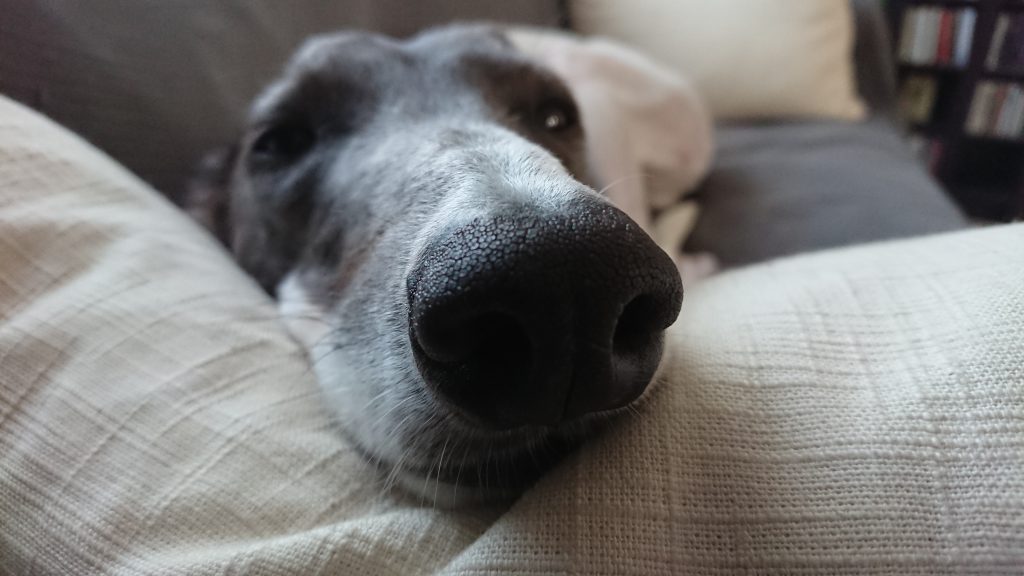
Initial consultation and Treatment
£45.00*
Follow up / Maintenance Treatments
£40.00*
* A small additional travel charge may apply depending on your location.
Canine Massage Clinic packages are also available for training clubs and groups. Please contact us to discuss your requirements.
A big thank you to my handsome ‘nephew’ Rocky for generously donating his best poses for the creation of this page.

